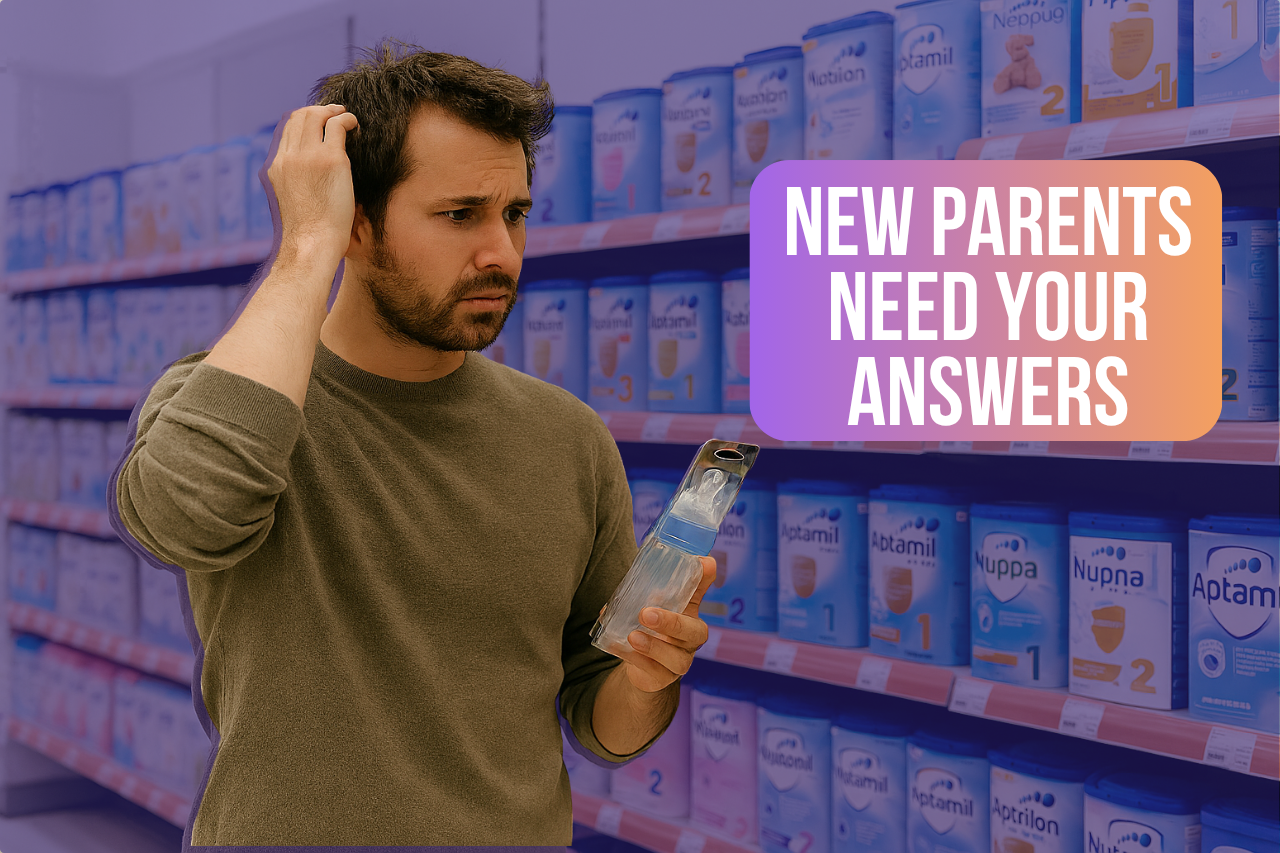AI at Orsay: One Month In, Six Months of Work Saved

With over 3.7 million visitors in 2024*, the Musée d’Orsay ranks among the most visited cultural institutions in France. To meet the many online inquiries without increasing its internal workload, the museum chose to implement a conversational chatbot powered by generative artificial intelligence, in collaboration with Ask Mona.
A technological choice serving a clear goal: improving access to information for visitors while optimizing staff time.
Answering Visitors Without Mobilizing Teams
Even before their visit, users seek practical information: opening hours, ticket prices, current exhibitions, available services, access conditions… These questions are repeated daily and often fall on the shoulders of the communications or front-desk teams.
With a chatbot, these requests are handled automatically, 24/7. The tool understands natural language, reformulates if necessary, and directs users to the most relevant information. The goal isn’t to replace human interaction, but to autonomously address frequently asked questions while maintaining a high standard of quality.
In One Month: 10,000 Questions Handled, 6 Months of Work Saved
The chatbot deployed on the Musée d’Orsay website processed more than 10,000 questions in a single month. Based on an average of 5 minutes per inquiry, this represents 833 hours of work. That’s the equivalent of six full months of full-time work (based on a 35-hour week).
This time, now absorbed by the chatbot, would otherwise have required one or more team members for half a year. It’s time that the staff can now reinvest in other missions: on-site reception, educational content, creative projects, or strategic initiatives.
Fast Implementation Without Adding Workload
The solution was designed and launched in just six weeks. This short, controlled timeline allowed the tool to be deployed without disrupting internal workflows. From day one, the chatbot seamlessly integrated into the user journey and was heavily used from the start.
The marketing lead who oversaw the project shares:
“The implementation of this AI chatbot since May 2025 aims to better support the visitor experience both before and after their visit, and to provide accurate answers to the most common questions about visiting conditions, programming, ticket purchases, and more. The responses are based on up-to-date information from the website and on precise guidelines provided by the museum to build the chatbot’s knowledge base. In fact, collecting, structuring, and redirecting this content is without a doubt the most important part to anticipate to ensure the tool is used effectively. These first months have been very satisfying, with statistics showing growing chatbot usage and, conversely, a steady decline in incoming requests via the standard contact form. I’d also like to highlight the responsiveness and availability of the Ask Mona team throughout the project, who fully respected our constraints and deadlines.”
– Thomas Porreca, Head of Marketing at the Public Institution of the Musée d'Orsay and Musée de l'Orangerie – Valéry Giscard d’Estaing
This feedback reflects the ideal balance: a reliable tool, fast to implement, that fits seamlessly into both public use and internal practices.
A Tool for Information and Strategic Insight
Time savings are just the beginning. The chatbot also helps analyze the most common needs, identify areas of confusion, and highlight friction points in the online visitor journey. It thus becomes a tool for continuous improvement.
For cultural institutions, it offers a concrete solution to enhance digital reception without requiring additional human resources. The Musée d’Orsay demonstrates how AI can be applied in a practical and meaningful way—supporting both the visitor experience and internal efficiency.





